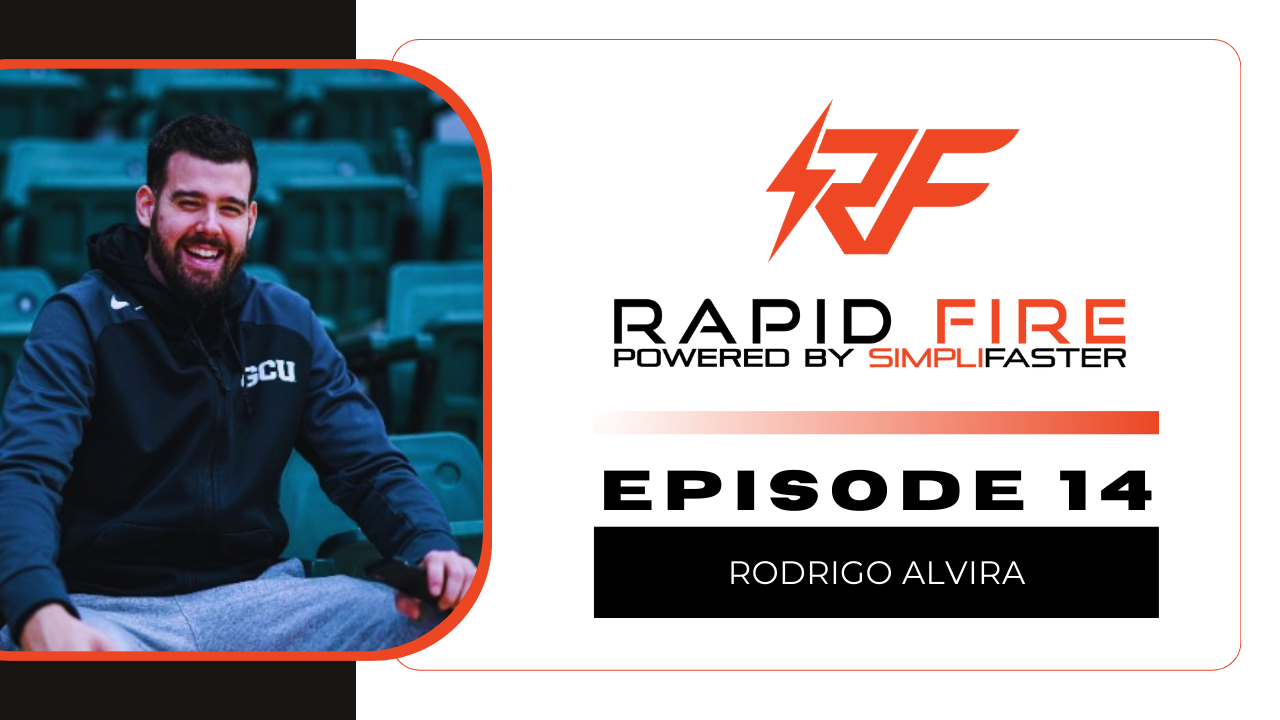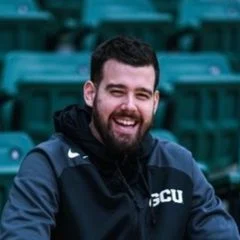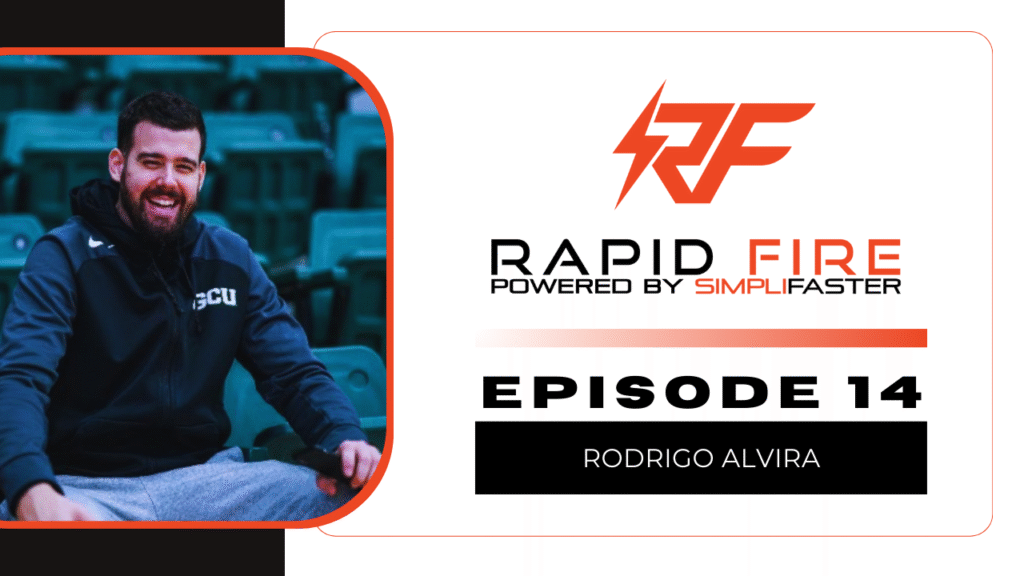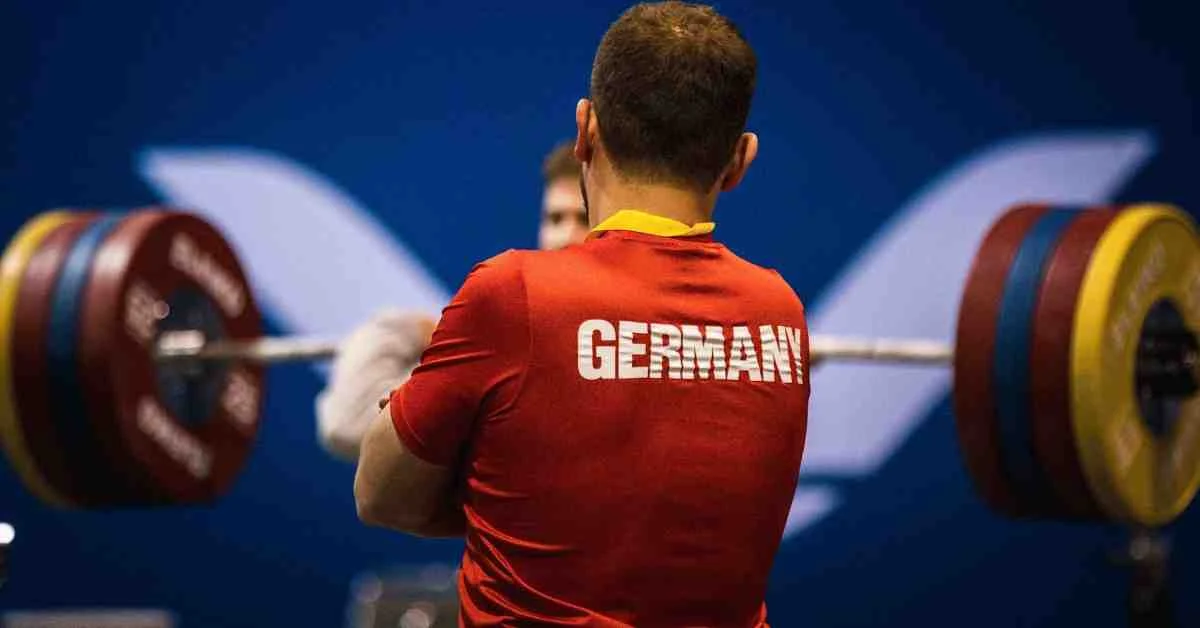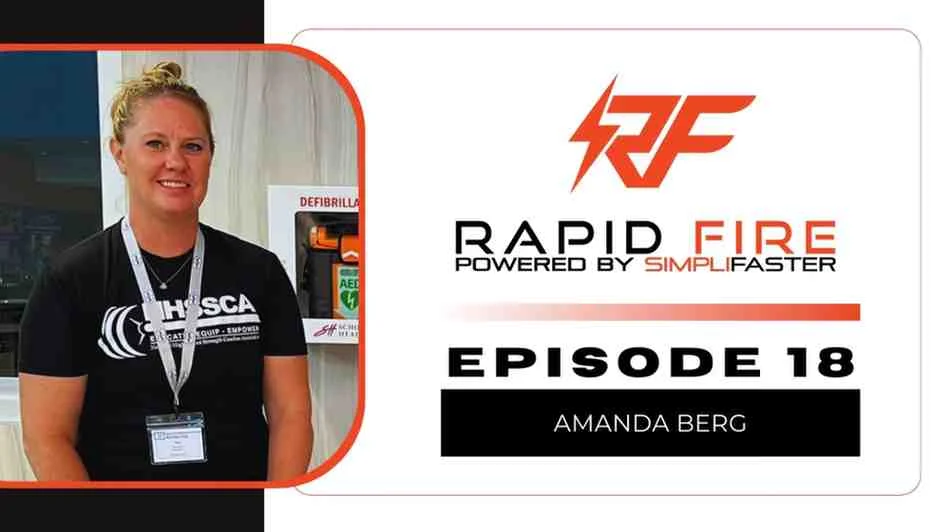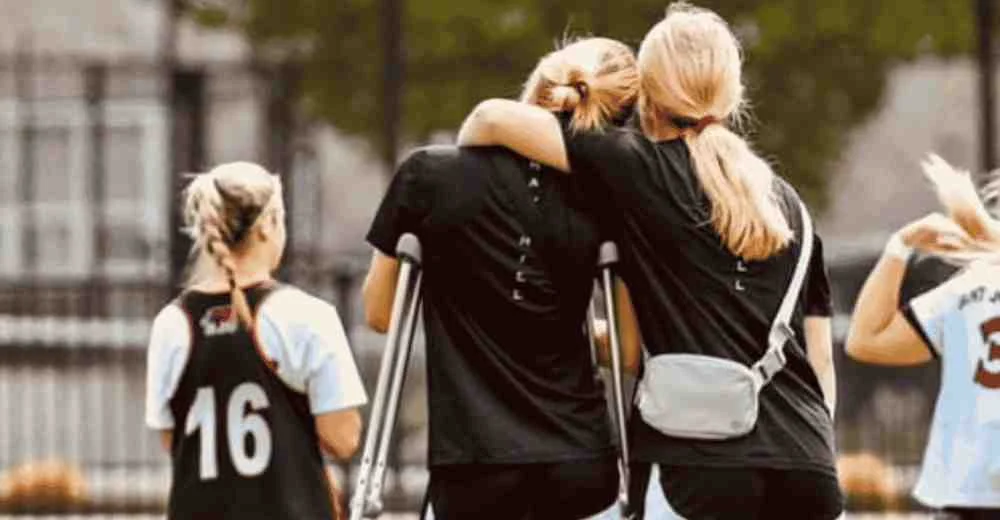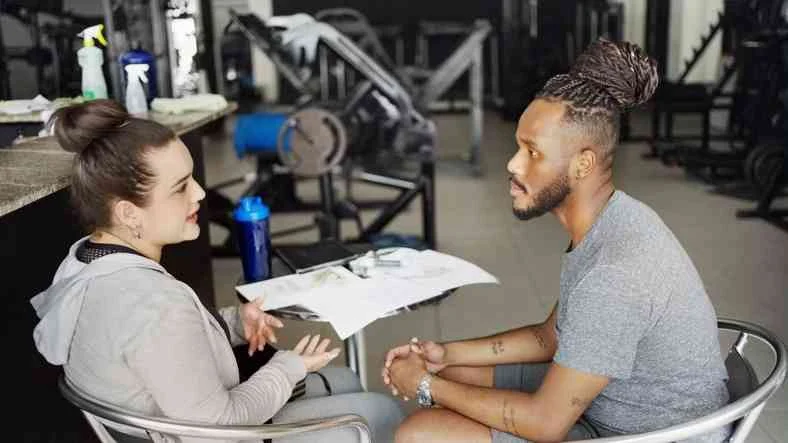As always, please share & review this episode! This podcast is also available on Apple and Spotify.
Episode Summary
In this episode of Rapid Fire, Justin welcomes Rodrigo Alvira Isla, Head Strength and Conditioning Coach for the Motor City Cruise, the NBA G-League affiliate of the Detroit Pistons.
Rodrigo shares insights into his journey through the S&C industry, from internships to his current position in the Detroit Pistons organization. He shares how he filters useful tech data in high-level environments and gives a deep analysis of countermovement jump (CMJ) force plate testing.
The two also discuss the importance of making training enjoyable and sustainable for pro athletes, as well as the evolving use of velocity-based training (VBT) beyond traditional velocity zones.
A must-listen for anyone passionate about performance, coaching and building human connections in sport.
Key Quotes
- On Force Plates:
“The best tests are the ones you can do often — and actually use to make decisions.” - On Tech Use:
“We collect a lot, but we don’t always use much. Find the one data point you can consistently act on.” - On Athlete Buy-In:
“Don’t make it personal if they don’t want to lift. Help them see it’s about their health first — not your ego.” - On Velocity Zones:
“Strength is contextual. Velocity zones shouldn’t box athletes into made-up categories — use numbers, not labels.” - On Career Growth:
“Everything can change in 24 hours. Focus on small steps every day — and build real relationships.”
Time-Stamps
- 00:00-02:20 — Rodrigo’s path: From visa struggles to NBA/G-League coaching.
- 02:20-08:20 — How Rodrigo filters valuable tech in a data-saturated environment.
- 08:20-17:00 — Deep dive: How to read force plate CMJ data effectively.
- 17:00-23:30 — Building enjoyable, sustainable training environments for athletes.
- 23:30-35:00 — Rethinking VBT: Moving beyond traditional velocity zones.
- 35:00-42:00 — Life and career advice for young coaches: relationships, patience and persistence.
- 42:00-End — Rodrigo’s projects, Spaniard Performance Podcast and final thoughts.
Major Takeaways
- Selective Tech Usage: Don’t overwhelm athletes — use simple, repeatable tests like the CMJ and learn to extract deep insights from a single jump.
- Real-World Force Plate Applications: Focus on curve smoothness, left-right asymmetries and understanding how propulsion stems from good deceleration.
- Training Buy-In: Building trust and adapting to athlete needs is more effective than rigid, one-size-fits-all lifting protocols during the season.
- Updated VBT Thinking:
- Forget rigid “velocity zones.”
- Focus on intent (moving fast) and use real-time velocities to adjust training loads.
- Program by effort and velocity loss instead of just reps and percentages.
- Relationships Drive Careers: Knowledge matters, but your ability to connect, stay humble and be persistent ultimately opens doors.
Connect with Rodrigo
- Instagram: @spaniardperformance
- Podcast: Spaniard Performance Podcast

